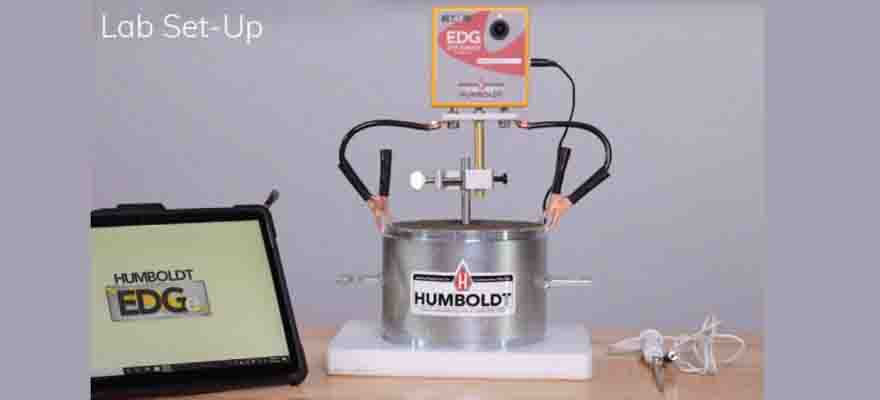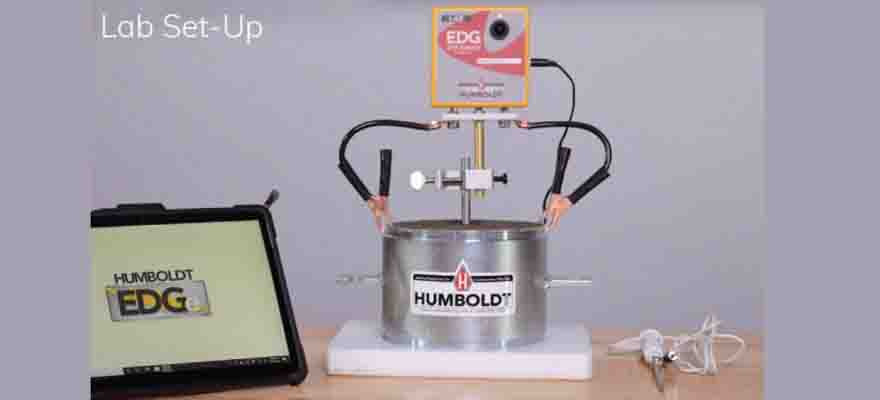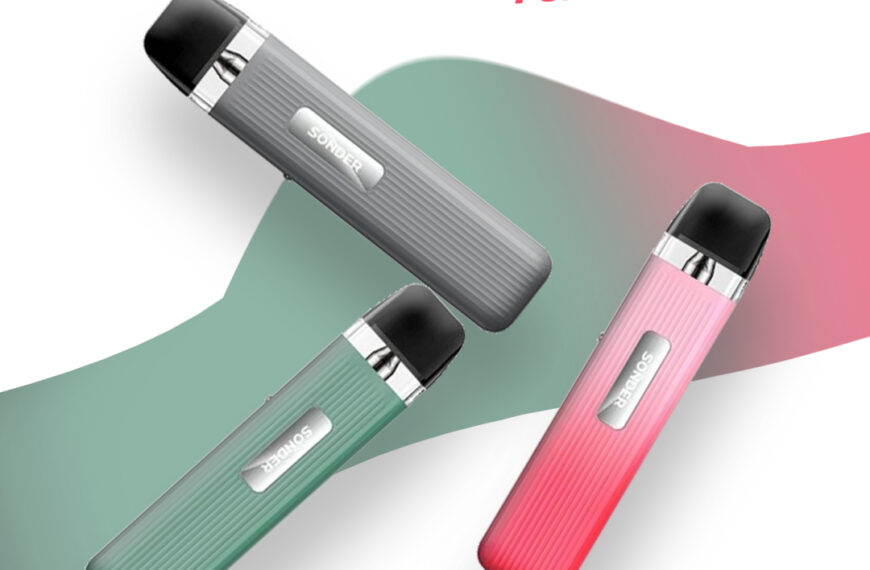Choosing Durable and Weather-Resistant Field Testing Tools
Field testing plays a crucial role in ensuring the integrity, safety, and performance of infrastructure, particularly in construction and engineering projects. Whether it’s soil testing, concrete analysis, or assessing materials, the accuracy and reliability of the data collected can significantly influence the overall success of the project. However, testing tools and equipment are often exposed to challenging outdoor conditions such as harsh weather, temperature fluctuations, moisture, and dust, which can impact their performance and longevity. Therefore, choosing durable and weather-resistant field testing tools is critical for ensuring accurate results, reducing downtime, and preventing unnecessary repairs or replacements.
1. Understanding the Need for Durability in Field Testing Equipment
Field testing equipment must endure exposure to varying environmental conditions such as extreme temperatures, humidity, and moisture. The durability of the tools ensures that they continue to provide accurate and reliable data throughout the testing process, even in harsh environments. Tools that are not designed to withstand the elements may malfunction, leading to inaccurate readings or, worse, equipment failure that can delay projects.
When it comes to field testing for construction, geotechnical, or environmental projects, it’s essential to select equipment that is specifically engineered to resist corrosion, wear and tear, and damage from the elements. For instance, equipment used for testing soil, rocks, and other materials in remote locations must be robust enough to handle exposure to dust, rain, and direct sunlight.
2. Durability in Soil and Rock Testing Equipment
One area where durability is particularly important is soil and rock testing. Geotechnical projects often involve assessing soil strength, composition, and stability. Testing tools like the Residual Ring Shear Testing System for Soils are used to assess the shear strength and behavior of soil under varying conditions. Since this testing often takes place in outdoor environments, the equipment must be built to withstand moisture and soil contamination while maintaining precise results.
Similarly, when assessing the strength and stability of rocks, the Rock Point Load Test is used to determine the point load strength of rock samples. The durability of this tool is essential since it is often exposed to rough terrain, moisture, and extreme temperatures, making it essential that it performs well under harsh field conditions.
In areas where soil or rock fracturing is being studied for renewable energy or construction purposes, the Rock Fracture Test equipment is indispensable. These tools are designed to withstand high pressures and challenging environments to assess the geological integrity of an area. For such applications, the tool’s durability is critical to ensure that accurate fracture testing is possible even under difficult conditions.
3. Weather-Resistant Testing for Concrete and Cement Materials
Another area where weather-resistant field testing tools are crucial is in the analysis of concrete and cement materials. Concrete is used extensively in the construction of renewable energy infrastructure, roads, bridges, and buildings, making it essential to ensure the material’s quality and performance. Tools like the Rebound Hammer are used to assess the surface hardness and compressive strength of concrete. This device needs to be able to handle exposure to outdoor conditions such as rain or temperature changes, as any malfunction could lead to inaccurate assessments of the concrete’s strength and quality.
Furthermore, tests such as the Rapid Chloride Test are crucial for understanding the permeability of concrete, especially in environments prone to moisture exposure, such as coastal areas. Corrosion of steel reinforcements due to chloride infiltration can significantly reduce the lifespan of concrete structures. The ability to perform these tests reliably in outdoor conditions is vital, requiring weather-resistant tools designed to perform in wet or humid environments.
4. Weather-Resistant Soil Permeability and Shrinkage Testing
The Blaine Air Permeability test is commonly used to evaluate the fineness of cement and concrete by measuring the air permeability. For such tests, it is essential that the equipment is durable and able to operate in variable weather conditions without being affected by moisture or temperature. This ensures that results are not skewed by environmental factors such as humidity, which could affect the consistency of air permeability readings.
Similarly, testing the Autogenous Shrinkage of concrete is vital for assessing the potential for cracking and deformation over time. The testing equipment must be weather-resistant to ensure accurate results in varying environmental conditions. The equipment must remain stable and perform consistently even under challenging outdoor conditions, such as extreme temperatures or exposure to wind and rain.
5. Durability in Ground Penetrating Radar (GPR) Surveys
One of the most advanced weather-resistant testing tools for fieldwork is the GPR Survey equipment, which is used to survey subsurface conditions. Ground Penetrating Radar (GPR) systems are used in a wide range of applications, including geotechnical investigations, infrastructure assessments, and environmental studies. These systems are used to detect subsurface anomalies such as buried utilities, water tables, and other hidden features, making them invaluable in construction and renewable energy projects.
The weather-resistant design of GPR equipment is essential for ensuring optimal performance, as it is frequently used outdoors under a variety of conditions. The GPR systems must be able to resist moisture, dust, and temperature fluctuations to maintain signal accuracy and deliver reliable results.
6. Choosing the Right Materials for Durability and Longevity
In addition to the design and build quality of testing tools, the materials used in manufacturing also play a key role in ensuring the durability and longevity of field testing equipment. Stainless steel, high-impact plastics, and weather-resistant coatings are often employed to create tools that can withstand exposure to harsh conditions without deteriorating. Whether it’s a metal beam crash barrier or a concrete testing apparatus, using high-quality materials that resist rust, corrosion, and environmental degradation ensures that the equipment remains functional over time.
For example, metal beam crash barriers, which are often used in infrastructure projects to prevent accidents and protect personnel, need to be resilient and resistant to harsh weather. The steel used must be able to withstand exposure to water, snow, and extreme temperatures without losing its structural integrity.
Conclusion
When it comes to field testing in construction, geotechnical engineering, and renewable energy projects, selecting durable and weather-resistant tools is crucial for obtaining accurate, reliable, and consistent data. From residual ring shear testing systems to rebound hammers and GPR survey tools, choosing the right equipment that can withstand the elements ensures that testing processes run smoothly, even in challenging environments. By investing in high-quality, weather-resistant tools, engineers and project managers can reduce downtime, enhance efficiency, and ensure that their projects are completed on time and to the highest standards.











